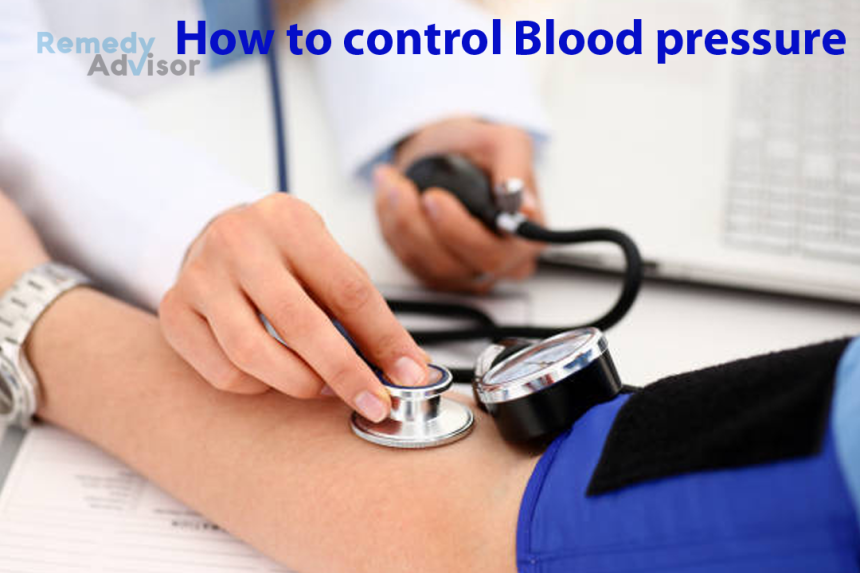Go hug a farmer. Why? Because the prescription to keep your blood pressure down may be growing in his fields and orchards. Or grazing in his pastures.
Potassium, abundant in fresh fruits and vegetables, and calcium, found largely in dairy products, may be science’s latest dietary one-two punch in the fight against hypertension.
Researchers have found that people whose diets are potassium-rich vegetarians, for example have a low incidence of hypertension even if they’re genetically disposed to the condition and don’t control their salt intake.
On the other hand, researchers have also found that people with high blood pressures don’t seem to get much calcium in the form of dairy products and it’s hard to get much without them.
In one test, for example, people who were mildly hypertensive and had lower levels of serum calcium experienced a moderate but consistent drop in blood pressure when they were given oral calcium supplements. The biggest improvement was seen in those people who had the lowest levels of calcium to start with.
How do these nutrients regulate blood pressure? The exact mechanisms continue to evade researchers. But scientists suspect that they help the body slough off excess sodium and assist in controlling the workings of the vascular system.
A diet that’s easy to swallow
As important as these two nutrients are, it’s nice that they’re so easy to work into a menu. You can even get them deliciously in the same dish. Or build a diet around the foods they’re in. All it takes is a little knowledge and a lot of ingenuity.
Getting potassium isn’t tough because it’s in almost everything. Fruits, vegetables, beans, fish, poultry and lean cuts of meat are loaded with it.
But getting calcium is not quite as easy. Unfortunately, the foods that contain the most calcium also tend to contain a fair amount of fat and sodium, which can spell trouble for hypertensive on fat- and salt controlled diets. But difficult does not mean impossible. Here’s the way experts suggest you design your own anti-hypertension diet.
Exercise your ingenuity
Look at the lists of potassium and calcium rich foods in the accompanying table. Keep in mind that dairy products milk, cheese, yogurt are great sources of calcium. (Since dairy products are high in fat, though, look for low-fat choices.) Now let your mind start combining familiar foods: low-fat milk with bananas, canned salmon with potatoes and broccoli, raisins with yogurt. Imagine half a cantaloupe filled with a scoop of ice milk or ricotta cheese. Think about a summer cooler made in the blender from orange juice, bananas and nonfat dry milk. Before you crack open a cookbook, experiment with your own combinations.
Go to the library
Look for low calorie, low-fat and low-sodium cookbooks. Regular cookbooks are fine if you’re the kind of inventive chef who knows how to substitute low-fat products for high-fat ones and doctor high-salt recipes so the taste doesn’t vanish.
Double your pleasure
Not only can you get potassium and calcium in the same dish, you can get them in the same food. Here are a few of the foods that are high in both nutrients: sardines, skim milk, broccoli, and canned salmon with bones, buttermilk, whole milk, soybeans, blackstrap molasses, navy beans, almonds, ice milk and yogurt. If you’re exercising your ingenuity, you can probably put together a whole meal literally from soup to nuts using just a few of these -double-duty foods.
Stock up on low-fat yogurt
Not only is it low in fat and relatively low ‘in sodium, it’s high in calcium and potassium and can be used for everything from salad dressing to dessert. To get an even higher shot of calcium, nutritionists suggest, look for low-fat yogurt to which the manufacturer has added nonfat milk solids, thus adding considerably more calcium and no more fat. You can also zip up plain yogurt by adding potassium rich foods such as frozen orange juice concentrate, raisins, sliced fresh fruit or shredded raw vegetables.
If you’re not a yogurt fan, you can get all of its benefits by hiding it in cold soups and blender shakes. Add fresh fruit and a little honey and blend them all together.
Add nonfat dry milk wherever you can
Two tablespoons of nonfat dry milk added to half a glass of skim milk boost the calcium from 150 milligrams to 255 milligrams. Add a banana, and you’ve got a supercharged potassium/calcium breakfast.
Substitute with ricotta cheese
While cottage cheese and fruit may be a favorite lunch, you can substantially increase the amount of calcium in the meal by substituting ricotta. Though it also has more fat and calories than cottage cheese, ricotta has about 260 milligrams of calcium in 4 cup, compared to only about 80 milligrams in cottage cheese. You can cut out some fat by using part-skim ricotta or by mixing it with low-fat cottage cheese. It’s great with high-potassium vegetables, too.
Try a stir-fry pizza
Make your own pizza dough or buy it readymade but don’t go for the usual toppings. Try vegetables like carrots, onions, peppers and broccoli, either stir-fried in a bit of oil or steamed. Top with part-skim mozzarella and bake as usual.
Try canned pink salmon
Salmon is high in potassium and calcium because of the tiny bones you eat and mixes well with cheese and vegetables. Served hot with vegetables or as the star of a cold vegetable pasta salad, salmon can become a staple of your blood pressure diet.
Use tofu and beans
If you have to restrict your dairy intake, soy foods such as tofu and some cooked beans can provide a modest amount of calcium. Tofu in particular can be used in place of cheese in many dishes. It has 232 milligrams of calcium per 4-ounce serving. And it also comes packaged as Tofutti, which looks and tastes a lot like ice cream.







